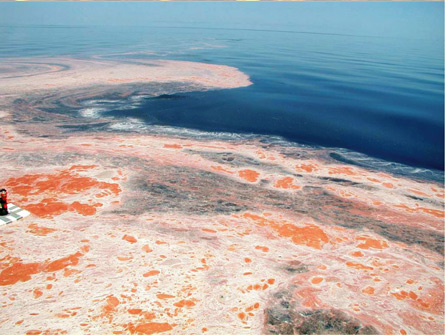For a few days each year, most coral in the Great Barrier Reef spawn all at once, broadcasting buoyant bundles of egg and sperm that float to neighboring coral for fertilization. Now researchers have shown how reefs efficiently trap the huge influx of nutrients. Chock-full of nitrogen and phosphorus, the gametes fuel a bloom of microalgae, which then nourishes other parts of the ecosystem, including fish and bacteria, says Ronnie Glud, a marine biochemist at the Scottish Association for Marine Science. The whole cycle occurs in eight to 10 days. Lucky gametes that don’t get devoured may grow into coral. The sandy bottom is an essential part of nutrient recycling, Glud and his colleagues also report in the current issue of Limnology and Oceanography. “Much of the sand is permeable, so it acts as a biocatalytic filter,” with microbes breaking down the spawn leftovers, he says. The findings may also have implications for human interactions with reefs, since agricultural runoff and overfishing can alter the reef’s nutrient balance, says Christian Wild, the head of the Coral Reef Ecology Work Group at the Ludwig-Maximilians University in Munich.







